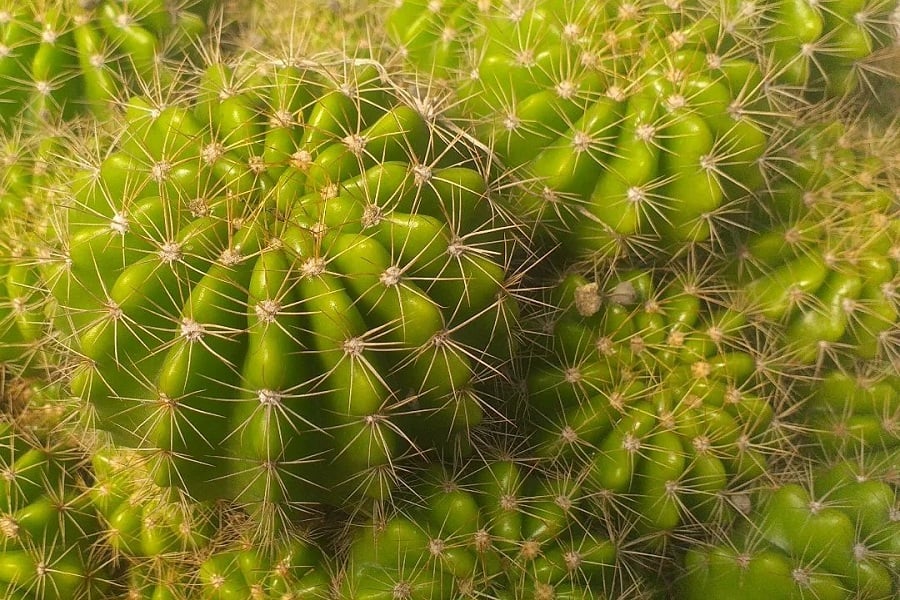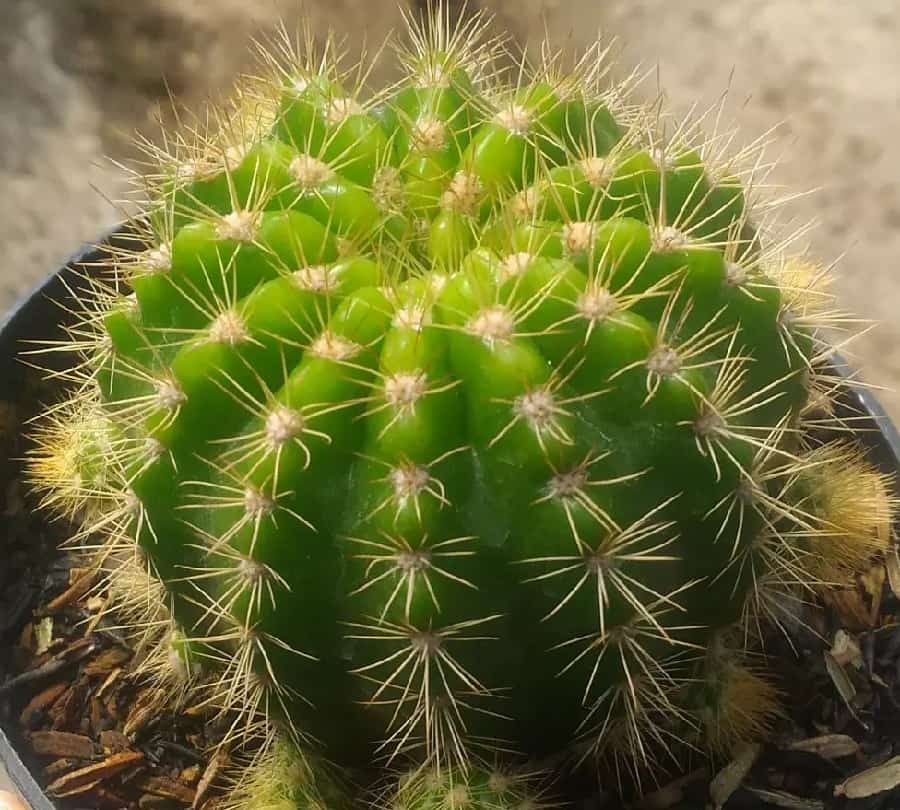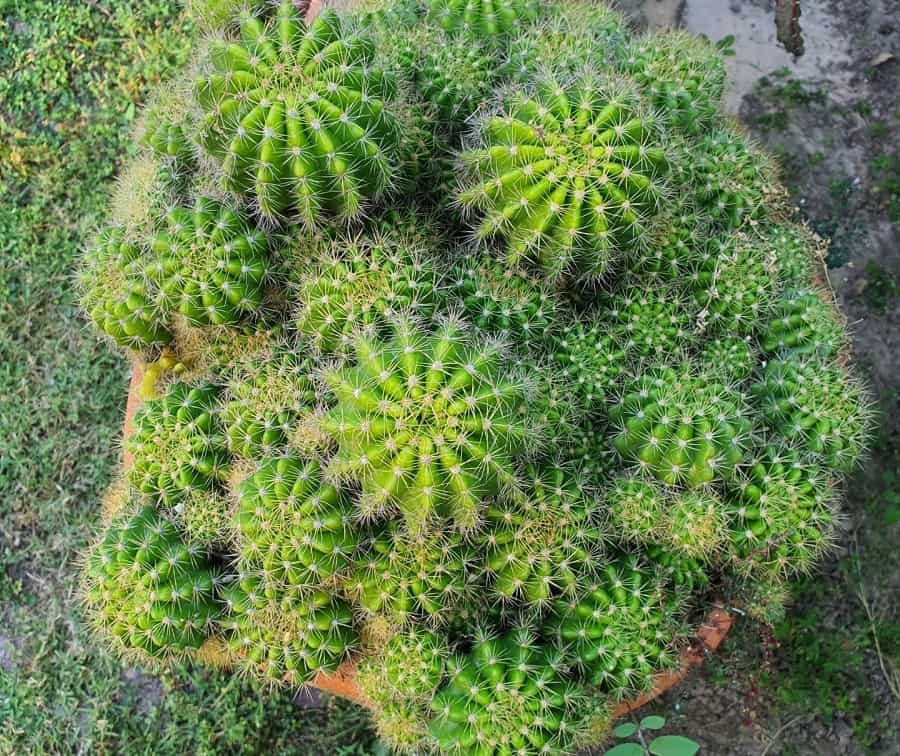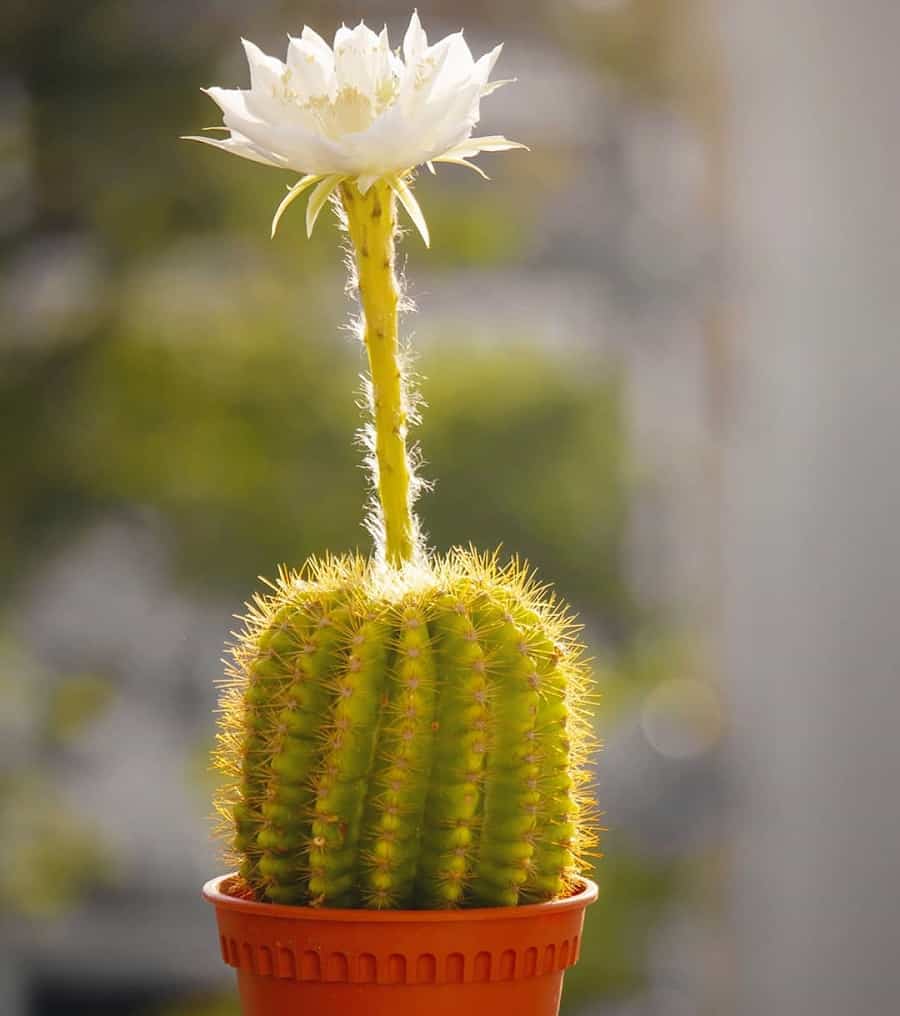Echinopsis calochlora: The Cactus Craze You Need to Get In On Now
Are you ready to jump on the trendiest, low-maintenance plant bandwagon? Meet Echinopsis calochlora, the stunning cactus about to take over your Instagram feed. With gorgeous night-blooming flowers, funky shapes, and easy care, this Brazilian beauty is a must-have for plant parents of all levels. Keep reading to learn everything you need to make this cactus the star of your indoor jungle!

Contents
About Echinopsis calochlora
Part of the Cactaceae family, Echinopsis calochlora is a perennial cactus native to Brazil. It grows in single mounds or clumps of round, green segments covered in white-brown spines along the notches. The real showstopper? Those big, fluffy, white flowers that unfurl at night in bursts of delight. Whether you’re a cactus rookie or veteran, you’ll fall in love with this low-fuss, high-reward plant.
Related Post:
82 Types of Echinopsis With Pictures
How To Care For Echinopsis calochlora
Echinopsis calochlora plantZ degrees Celsius. That is, provided they are cared for properly. Here’s how to take care of your Echinopsis calochlora plant:
Light
While Echinopsis calochlora thrives in summer sun, too many rays can scorch those pretty pads. Watch for discoloration around the edges as a sign of sunburn. Let your cactus chill in bright, indirect light or add a grow light if you’re short on sunshine. Affordable LED grow lights provide the perfect bright but filtered rays when placed 12-18 inches from the plant.

Watering
Proper watering is key for happy Echinopsis cacti. In spring and summer’s warmer, blooming months, allow the top 2-3 inches of soil to dry out completely between thorough waterings. But ease up come fall and winter by only watering when the top half of the soil is bone-dry to avoid rot during dormancy. A handy pencil check can assess moisture levels – dry pencil means water time!
Soil
Fast-draining soil is a must to prevent soggy roots and rot. A cactus/succulent potting mix amended with perlite, coarse sand, or pebbles at the bottom does the trick. Echinopsis calochlora’s shallow roots mean you can stick to smaller 6-10 inch wide pots with ample drainage holes.

Fertilizing
Feed your cactus once every 6-8 weeks in spring and summer with a balanced liquid fertilizer when actively growing.
Temperature
Echinopsis loves warm days around 70-85°F and cooler nights down to 50°F. Avoid freezing temps.
Pests and Diseases
These tough plants rarely see issues beyond rot from overwatering. Keep an eye out for shriveling or mushy segments.

How to Propagate Echinopsis calochlora
It’s oh-so-easy to multiply your Echinopsis calochlora Collection! With a few simple steps, you’ll have a new offset started from your existing plant.
First, locate the little pup offshoots growing at the base. Once they’re at least an inch tall, carefully twist the offset from the mother plant at the narrowest point. Allow the wounds to callus over for 3-4 days before replanting.
Next:
- Prepare a new 4-6 inch pot with well-draining cactus/succulent soil
- Make a hole and insert the calloused offset upright
- Lightly water the soil
- Place in bright, indirect light
- Be patient – roots will emerge in 2-6 weeks!
With some TLC, your propagated pup will soon grow into a mature, blooming Echinopsis calochlora too. Get ready to show off your newest cactus babies!
